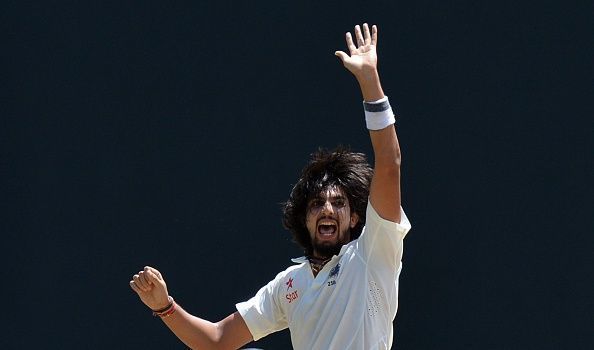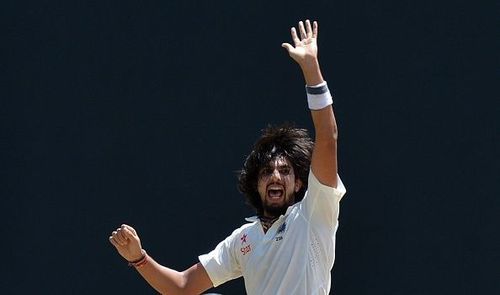
South Africa vs India 2018: How Ishant Sharma proved he was the right choice for the Centurion Test

After losing the first Test at Cape Town, India went into the Centurion Test facing a must-win situation, in order to stay alive in the series.
It was Virat Kohli and his boys' first big challenge after spending two rather comfortable years in the subcontinent, in conditions extremely familiar to them.
In the lead up to the Test, there was a quite a bit of talk about the changes the team was looking to ring in. KL Rahul returning for Shikhar Dhawan seemed a sensible move and there were rumours that Parthiv Patel would replace Wriddhiman Saha while Ishant Sharma would upstage Bhuvneshwar Kumar.
Secretly, many in the cricket-loving community hoped the third decision wouldn't conceive as whoever saw the first Test would admit Bhuvneshwar was India's best all-around performer and so, dropping him would be absolutely cruel.
As it turned out, on Saturday morning, Kohli at the toss revealed his decision to drop Bhuvneshwar, including Ishant in his place.
It was a decision that evoked widespread criticism from several quarters on social media, especially because it went against the philosophy the team was following of picking players on current form.
India opted to use Ishant as first-change in the first innings, with Jasprit Bumrah and Mohammed Shami taking the new ball responsibilities.
The lanky pacer, who found it hard to find a place in the playing XI when fit during India's long season, was brought in to break the opening partnership between Dean Elgar and Aiden Markram and while he could not that, he certainly kept things tight at his end by maintaining a good line and length.
His first big contribution came later in the afternoon when he forced AB de Villiers to chop one on to his off-stump, giving his side the breakthrough they needed on a surface that was already looking extremely bare with minimal help.
Then, on the second day, he removed Kagiso Rabada and then crucially scalped the wicket of the skipper Faf du Plessis to ensure the score did not go beyond the 350-run mark, finishing with respectable figures of 22-4-46-3.
However, it was in the second innings and in the post Lunch session on Day 4 that Ishant really cranked it up as far as his effort was concerned.
Running into bowl, he consistently tested the batsmen on and around the off-stump, generating steep bounce on the odd occasion to add to their problems.
Eventually, he got his just reward as he removed Vernon Philander and then backed that up by sending Keshav Maharaj back to the pavilion soon after, a victim of the extra bounce off the surface.
He once again finished with economical figures of 17-3-40-2.
Ishant may not have swung the ball like Bhuvneshwar, nor did he get it to reverse like Shami usually does when the ball ages, but he compensated for the lack of movement wtih control and eventually got his rewards.
There was a time when it was almost inevitable that every Ishant over would contain at least one boundary ball, either short, wide outside the off stump or drifting down the leg side, which would frustrate the captain on the field and the spectators watching at home.
But in the last three years or so, the Delhi paceman seems to have certainly matured and is now looking like repaying the investment made on him more than a decade ago.
What will work in his favour is that in Kohli, he has a captain who likes pace bowlers, unlike his predecessor MS Dhoni, who favoured spin bowlers more.
It will now be interesting to see whether he remains in the team for the third Test at Johannesburg starting on the 24th of January, and going by Kohli's selection policies, your guess is as good as mine.